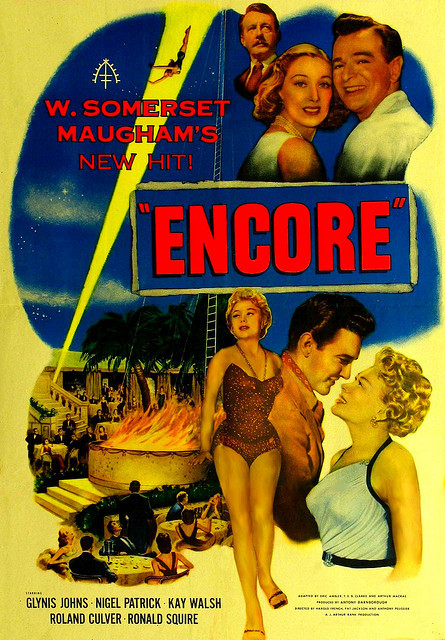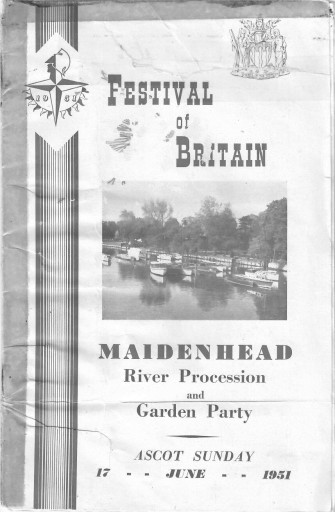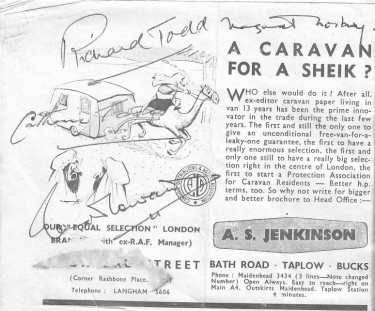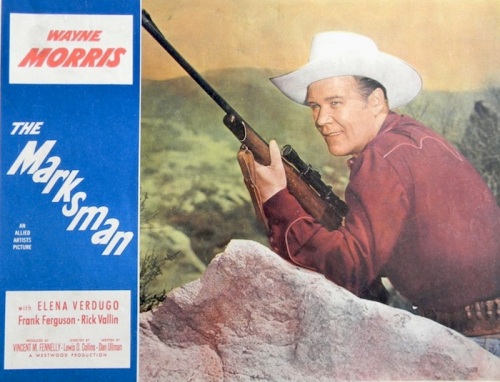This actor had a very distinguished war record followed by a pretty good career in films which was cut short by his sudden death at a very young age. In fact his film career had started well before the War but from 1941 he did not make any more until hostilities had ended and he was back in business.
Warner Archive have released on DVD quite a few Wayne Morris films. He gave tremendous service to his country during World War II — seven Japanese planes shot down, five ships sunk.
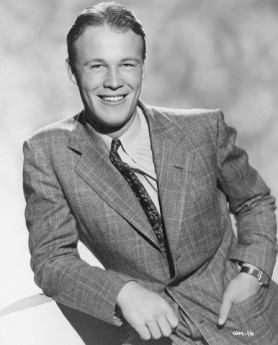
He can be seen playing alongside Bette Davis as a boxer in “Kid Galahad” (1937) or a cadet running amok at the Virginia Military Institute in “Brother Rat.”
Wayne Morris may not be a name you’re familiar with but you have most likely seen the husky, affable blond in Warner Brothers 1930s and 1940s films.
But you may not be familiar with Morris’ war time record.
We frequently hear about Hollywood actors such as James Stewart, Clark Gable and Mickey Rooney who enlisted and were decorated for their bravery during World War II.
However, Wayne Morris is rarely recognised for his service and was one of World War II’s first flying aces.
His interest in flying started in Hollywood.
While filming “Flying Angles” (1940) with Jane Wyman and Dennis Morgan, Morris learned how to fly a plane.
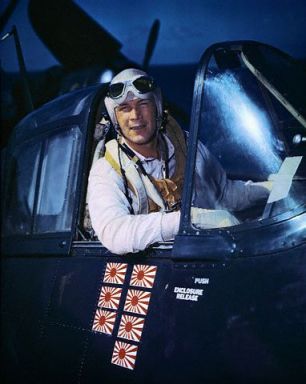
Once World War II began, Morris joined the Naval Reserve and became a Naval flier in 1942 on the U.S.S. Essex. He put his career on hold to fight. The same year he was married to Olympic swimmer Patricia O’Rourke.
“Every time they showed a picture aboard the Essex, I was scared to death it would be one of mine,” Morris said. “That’s something I could never have lived down.”
Morris flew 57 missions-while some actors only flew 20 or less- and made seven kills, which qualified him as an ace. He also helped sink five enemy ships.
He originally was told he was too big to fly fighter planes until he went to his uncle-in-law, Cdr. David McCampbell who wrote him a letter, allowing him to fly the VF-15, according to “McCampbell’s Heroes: the Story of the U.S. Navy’s Most Celebrated Carrier Fighter of the Pacific”, Edwin P. Hoyt.
Three of his planes were so badly damaged by enemy fire that they were deemed unfit to fly and were dumped in the ocean, according to IMDB.
“As to what a fellow thinks when he’s scared, I guess it’s the same with anyone. You get fleeting glimpses in your mind of your home, your wife, the baby you want to see,” Morris said. “You see so clearly all the mistakes you made. You want another chance to correct those mistakes. You wonder how you could have attached so much importance to ridiculous, meaningless things in your life. But before you get to thinking too much, you’re off into action and everything else is forgotten.”
For his duty, Morris was honoured with four Distinguished Flying Crosses and two Air Medals.
When he returned to Hollywood after four year at war, his once promising career floundered and Warner Brothers did not allow him to act for a year.

Morris’s most notable post-war films include “The Voice of the Turtle,” “John Loves Mary” and “Paths of Glory.” His career ended with several B-westerns.
At the age of 45, Morris passed away in 1959 from a massive heart attack.
But his service to his country was not forgotten. Morris is buried in Arlington Cemetery and was given full military honors at his funeral.

Before he started out in Hollywood, he played football at Los Angeles Junior College and worked as a forest ranger.
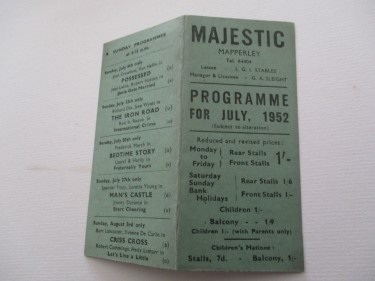 One of the films showing was another Gregory Peck one – Only the Valiant.
One of the films showing was another Gregory Peck one – Only the Valiant. 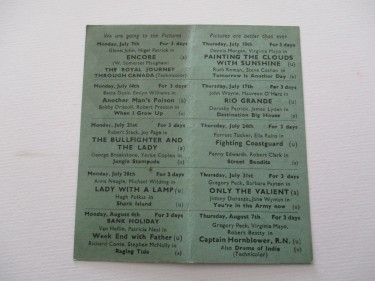 Only the Valiant is very well shot, and the black and white cinematography looks good. I am not a huge Gregory Peck fan(I sometimes find him dull) but he does a good job as the ruthless officer, and Barbara Payton is pretty in the role of Cathy. Ward Bond, Gig Young and Jeff Corey are much more impressive though.
Only the Valiant is very well shot, and the black and white cinematography looks good. I am not a huge Gregory Peck fan(I sometimes find him dull) but he does a good job as the ruthless officer, and Barbara Payton is pretty in the role of Cathy. Ward Bond, Gig Young and Jeff Corey are much more impressive though.
